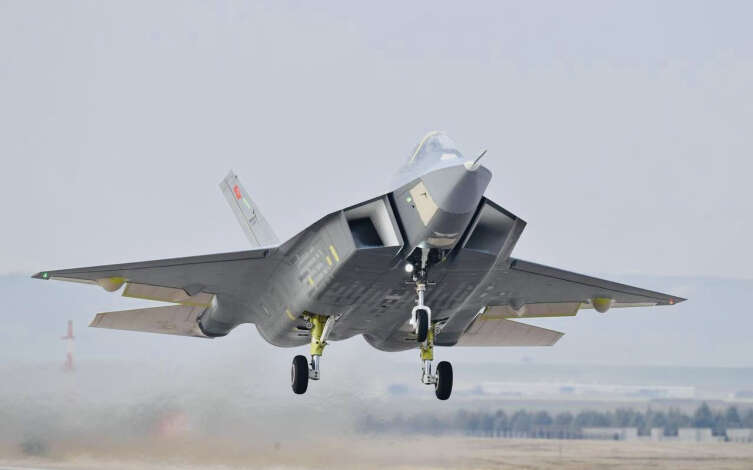JF-17 Thunder: A Fighter Jet Mired in Controversy
On June 5, 2024, a JF-17 Block 2 fighter jet belonging to the Pakistan Air Force (PAF) crashed in Jhang district, Punjab. While social media buzzed with videos of the incident, official confirmation remained elusive. The news eventually came from an unexpected source – Martin-Baker, the ejection seat manufacturer, who revealed on social media that the pilot had ejected safely.
The JF17, a lightweight, single-engine fighter jet, is a joint venture between the Pakistan Aeronautical Complex (PAC) and China’s Chengdu Aircraft Industry Corporation (CAC). A workhorse for the PAF, it has been plagued by controversy throughout its 13-year service.
A Troubled Past
This recent crash marks the fifth confirmed incident involving the JF17. Critics point to several shortcomings of the aircraft:
Engine Issues:
The JF17 Block 1 and 2 variants use Chinese-supplied RD-93 engines, which have caused operational headaches for the PAF. These engines have suffered from cracked guide vanes, exhaust nozzles, and flame stabilizers, leading to grounding of a significant portion of the fleet. Even the Chinese Air Force reportedly found the RD-93 lacking.
Limited Capabilities
Experts like IAF Group Captain DK Pandey highlight the JF-17’s shortcomings in air defense. Its Link-17 data link offers limited data transfer and lacks interoperability with the Link-16 used in Pakistan’s F-16s. Additionally, concerns remain about the effectiveness of its radar and Beyond Visual Range (BVR) capabilities. Critics also point to the poor performance of JF-17s during Operation Swift Retort in 2019, where Pakistani bombs reportedly failed to hit their targets.
Export Challenges
Despite its domestic use, the JF-17 has been marketed as a cost-effective option for export. While countries like Nigeria and Myanmar have purchased the jet, their experiences haven’t been smooth. Myanmar grounded its entire JF-17 fleet due to technical malfunctions, including structural cracks. Nigeria, after a brief stint with the JF-17, opted for Italian M-346FA aircraft known for their proven track record.

A Look Ahead: Block 3 and Beyond
The PAF, however, remains confident in the JF-17’s potential. The latest variant, the Block 3, debuted in 2023 and boasts improved avionics, extended range, and enhanced combat capabilities. This version incorporates stealth features and an Active Electronically Scanned Array (AESA) radar, potentially improving its detection and jamming resistance. Additionally, plans are underway to integrate the PL-10, China’s advanced air-to-air missile, further bolstering its offensive capabilities.
You may Also read this :- Chengdu J-20: China’s Controversial Stealth Fighter
Analyst Opinions
Defense analysts offer mixed views on the JF-17. While some, like Abhijit Iyer Mitra, acknowledge its affordability and potential advantages in a numbers game, others remain skeptical of its overall effectiveness compared to its Indian counterpart, the Tejas.
The JF-17’s future remains uncertain. While the Block 3 variant promises improvements, the controversy surrounding the earlier models lingers. Only time will tell if the JF-17 can overcome its shortcomings and establish itself as a reliable fighter jet.
Credit: This article incorporates information from a report published by EurAsian Times ([source about JF-17 crash ON Eurasian Times eurasiantimes.com]).

